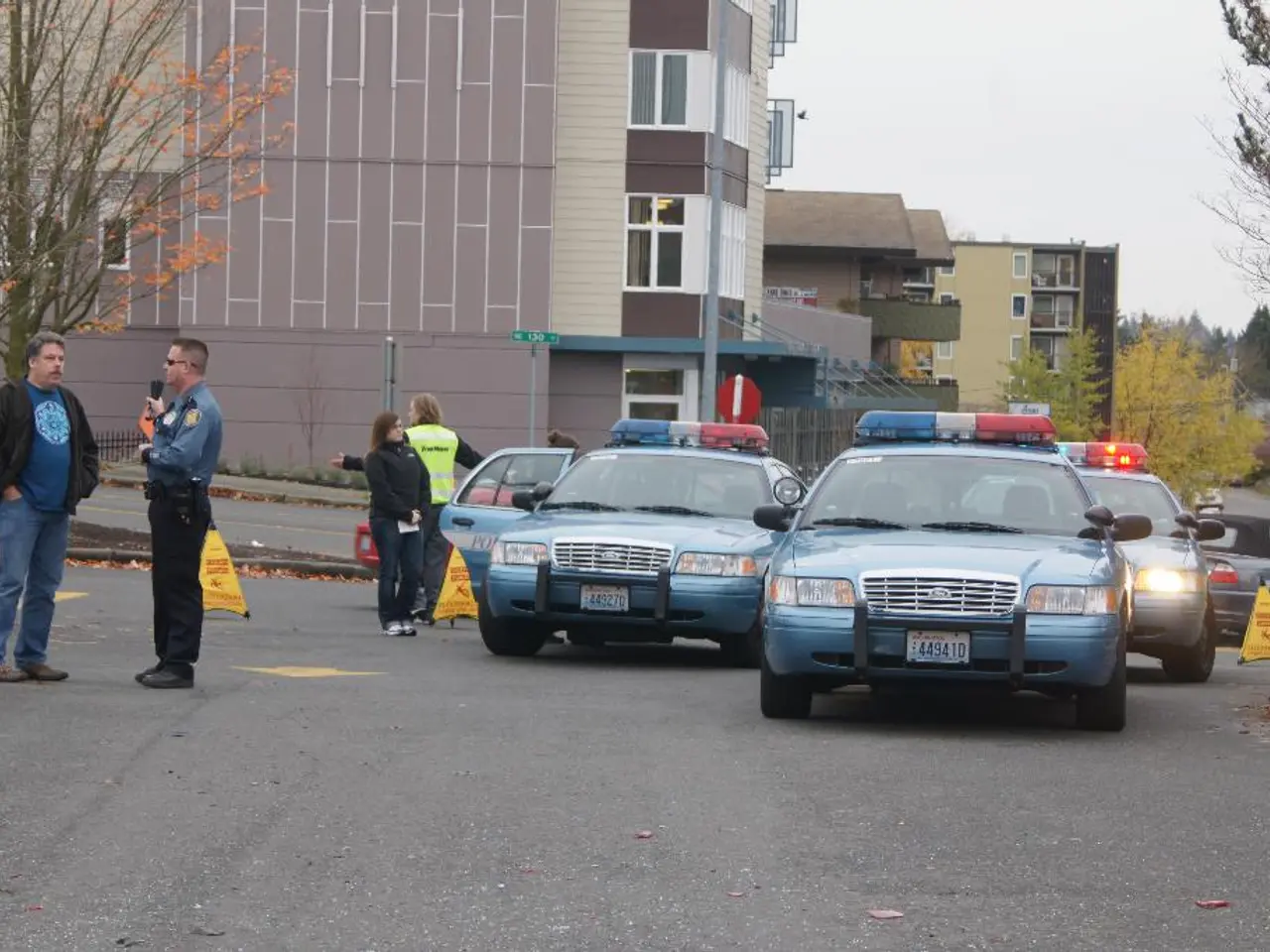Chaotic rescue attempts during the catastrophic Texas floods are captured in emergency recordings and videos
In the early hours of July 4, 2021, Central Texas was hit by a catastrophic flash flood in the Hill Country, particularly Kerr County along the Guadalupe River. The floodwave, triggered by extremely rapid and heavy rainfall, led to record river rises and widespread destruction.
Chronology and Key Events
The National Weather Service forecasted heavy rain for Central Texas on July 3. On the morning of July 4, torrential rain (2–3 inches per hour) caused flash flooding mainly along the Guadalupe River, with the river rising rapidly, hitting record levels by 5 a.m. Floodwaters began to overwhelm resorts and camps, including Camp Mystic, where 27 deaths occurred.
Rescue Effort Organization
The Texas Division of Emergency Management (TDEM) received the flash flood emergency notification soon after it was declared by the National Weather Service at 4:23 a.m. Rooftop rescues began within about 30 minutes after the emergency was issued, highlighting the need for quick action in the narrow window created by the flash flood’s speed.
The rescue and recovery involved local, state, federal, and international teams alongside thousands of volunteers. However, the rapid onset and severity of the flooding exposed systemic failures, including gaps in early warning communications and preparedness.
Critical Rescue Challenges
The flood wave timing allowed less than two hours between warnings and disaster impact at critical sites. Emergency services faced a "zero-to-200-mph" type situation unfolding in just a few hours, severely limiting advance preparation and response times. Rescue was complicated by areas isolated by rising water, the scale of destruction, and overnight timing when most were asleep.
Aftermath and Questions
The death toll from the flood rose to at least 136, with three people still missing. Rescues and body recoveries continued into the afternoon, with many families having to wait days or weeks to find out if their loved ones have been found due to the massive amount of debris and widespread search area along the Guadalupe River.
Local officials have expressed the need for better communications systems and broadband, and questions have been raised about why top emergency officials weren't involved sooner. A National Weather Service forecaster warned emergency managers, meteorologists, and news media about the potential danger in Kerr County at 12:30 to 1:15 a.m. CDT.
Lawmakers have stated their intent on learning lessons from the catastrophe, with residents and families of victims questioning why they had no notice of the impending flood, as Kerr County lacked an updated flood warning system, and state and local agencies missed opportunities to finance one.
The flash flood killed at least 136 people, including more than two dozen children and counselors at Camp Mystic. The tragedy serves as a stark reminder of the importance of effective emergency response and communication systems, particularly in areas prone to flash flooding.
Weather-related events have significant implications on emergency responses, as the heavy rain forecasted by the National Weather Service for Central Texas on July 3 contributed to the catastrophic flash flood in the Hill Country. The rapid onset and severity of the flooding on July 4, 2021, exposed systemic failures in early warning communications and preparedness, leading to a "zero-to-200-mph" type situation that severely limited advance preparation and response times.








